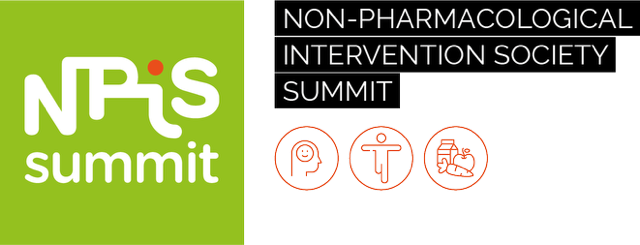Impact of Osteopathic Medicine Treatment (OMT) On Thoracic Symptoms of PASC (Post Acute Sequelae of COVID): The COVOSTEO Observational Study. A Monocentric, Longitudinal Observational Study Based on Data from a Common Management Approach.
Background: Post acute sequelae of COVID-19 (PASC), occurring within 3 months following an acute infection, has been identified and evaluated through numerous studies. Findings reveal a large spectrum of symptoms, throughout several systems (vascular, neurological, respiratory, digestive….). More than 50 % of the patients suffering from PASC experience thoracic symptoms, such as dyspnea, thoracic pain, or tightness, cough. There is no experimental study about benefits of osteopathic medicine on PASC. Osteopathic Medicine Treatment (OMT), in its holistic approach, may have a beneficial impact on those symptoms.
Objective: This preliminary study evaluated the benefit of OMT on the thoracic symptoms of PASC patients.
Materials and Methods: We performed a mono- centric prospective study in patients with PASC thoracic symptoms. After an initial osteopathic check-up, a management adapted to each patient
was conducted over 5 sessions spaced by 15 days (+/-7). In order to standardize the OMT diagnosis, a Subjective Objective Assessment Plan (SOAP) was elaborated based on the diagnosis of somatic dysfunctions aiming on TART: Tenderness, Asymmetry, Restriction in motion, or Tissue- texture changes. All usual associated treatments, including physiotherapy, were authorized. The main end points were: (1) decrease in the NIJMEGEN score, (2) improvement in quality of life through SSD-12 and HAD scores. Statistics analysis were conducted Per Protocol using the Wilcoxon Test.
Results: 38 patients (mean age=47, 84% women) were included among which 30 followed through the 5 osteopathic sessions. Between inclusion (J1) and the end of the 5 sessions, 27/30 (90%) saw their NIJMEGEN score improve with a mean decrease of 38% (from 34 to 21) [p<0.001], 18/30 patients (60%) saw their SSD-12 score improve with a mean decrease of 19% (from 26 to 21) [p=0.033], 21/33 (70%) saw their HAD score improve with a mean decrease of 24% (from 17 to 13) [p=<0.001].
A benefit was also observed on other symptoms notably various digestive disorders, pain and asthenia. The initial osteopathic whole body assessment revealed that all patients had various clinical symptoms such as allodynia, asymmetry, restriction of mobility or modification of tissue texture mainly in the regions of the chest, abdomen and cervical: hypertonia of the accessory inspirator muscles (n=30/30), hypomobility of the sternum (n=19/30), hypomobility of ribs and diaphragm and occipitomastoid suture (n=30/30), loss of elasticity and flexibility of the abdomen, of the epigastrium, right hypochondrium and umbilical region (n=30/30), with global abdominal defense (n=22/30).
Conclusions: This exploratory study suggests a benefit of OMT, verified by a Wilcoxon Test, on the respiratory symptoms of PASC and on quality of life during osteopathic management. The initial osteopathic assessment was evocative for some symptoms of an autonomic dysfunction. A randomized study is required to confirm the benefit of this management.
Ethics approval for COVOSTEO study was granted by the Ethical ethic committee (CPP) Ile de France 1, SI : 22.03814.000154, approval number : 2022-A02191-42


